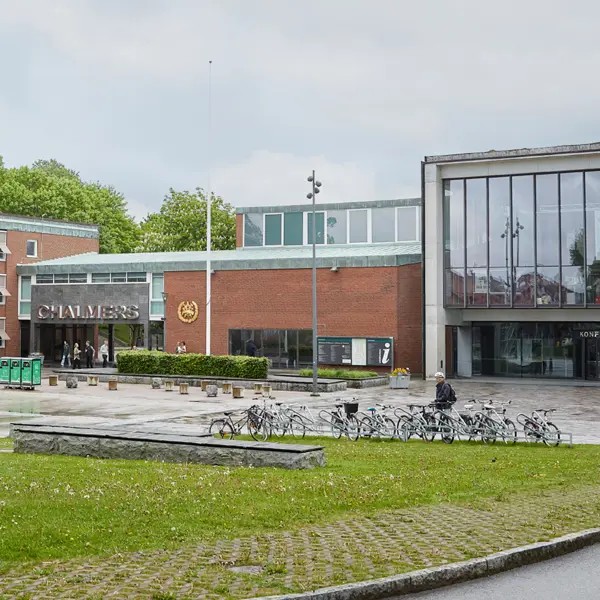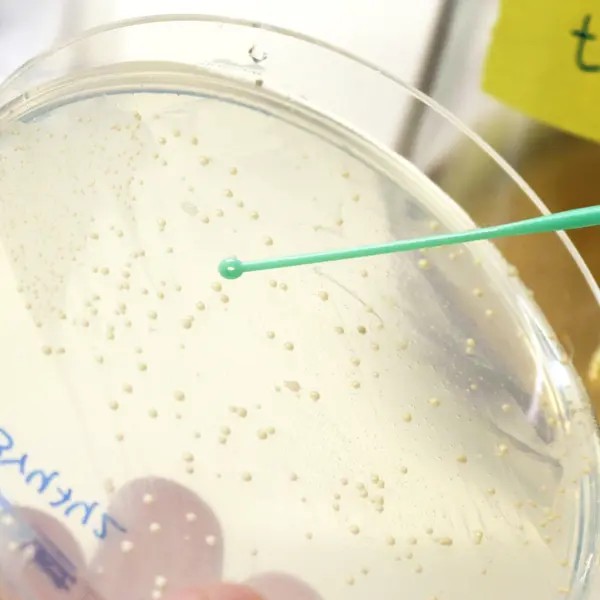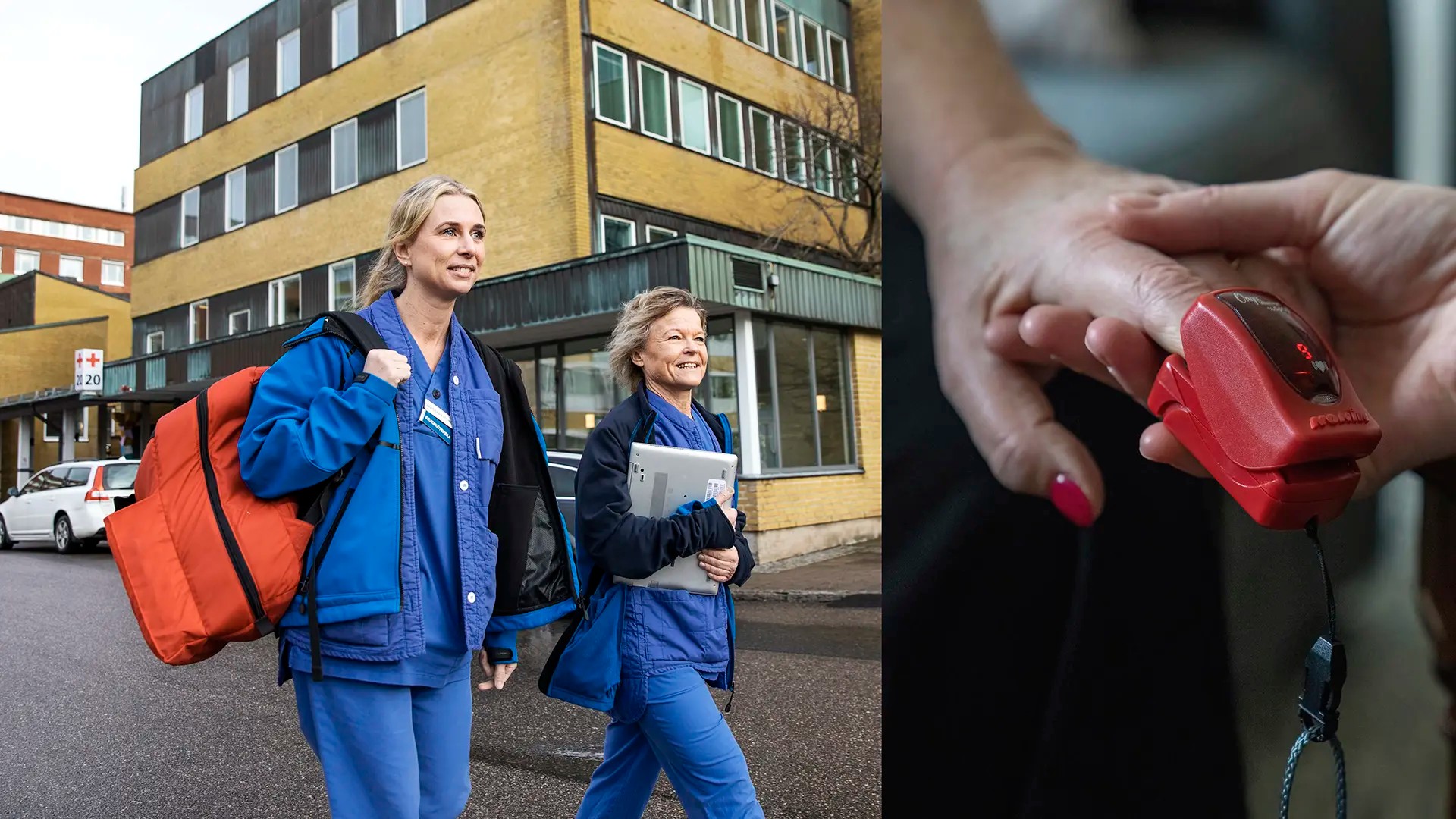
Sahlgrenska University Hospital and Chalmers University of Technology are entering a collaboration to develop hospital care at home. The project has received approximately SEK 6 million in funding from the strategic innovation programme Medtech4Health.
Sahlgrenska University Hospital in collaboration with Chalmers to develop hospital care at home
An important step towards developed hospital care at home
With SEK 6 million in funding from the strategic innovation programme Medtech4Health, Sahlgrenska University Hospital can develop hospital care at home together with Chalmers University of Technology, the Innovation Platform, Södra Älvsborg Hospital and Skaraborg Hospital.
“Such a large project with funds from Medtech4Health makes it possible to work systematically with the development of hospital care at home,” says Maria Taranger, head of area 6 at Sahlgrenska University Hospital.
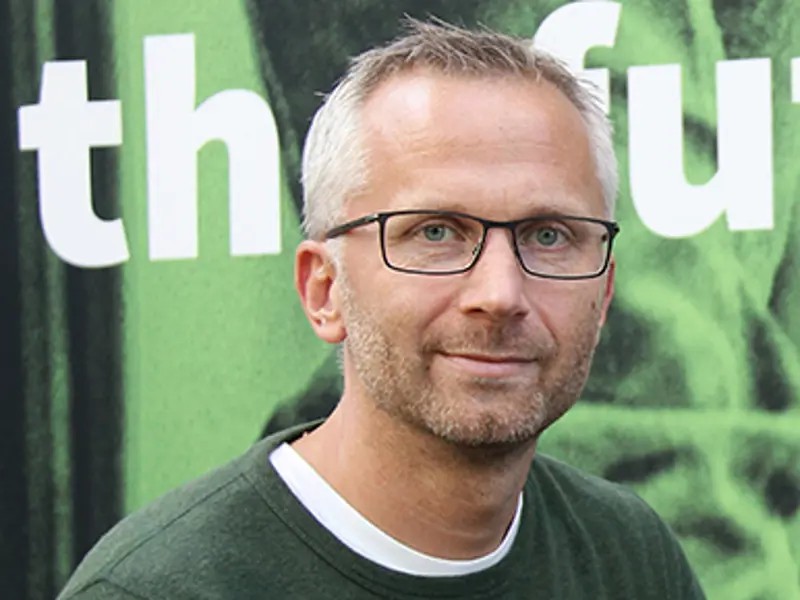
Photographer: Carolina Pires Bertuol
The project aims both to map existing structures for hospital care at home and to research the development of new methods. It will be an important support for the overall initiative to develop hospital care in the home that is now being carried out in Region Västra Götaland and for Sahlgrenska University Hospital, a part of the Sahlgrenska @home initiative.
The aim is to develop solutions and overcome obstacles to use medical technology solutions in the home, but also to look at how new working methods can be developed. Several healthcare examples will be studied and developed. Lessons and experiences will be used to create better care for the benefit of patients and the healthcare system.
“But these are not really technical problems. Instead, the big challenge is how we put the technology into an organisational context to get the full effect,” says Andreas Hellström, Senior Lecturer at the Department of Technology Management and Economics at Chalmers and leader of the new project involving researchers from several departments.
Andreas Hellström also points out that many actors have long talked about the transition needed in healthcare and how it can be made possible through the solutions that technology can offer.
“More self-care is already being offered today, healthcare is becoming increasingly mobile, and digital healthcare consultations exploded during the pandemic. The technology that already exists made this possible,” says Andreas Hellström.
At Sahlgrenska University Hospital, there are several examples of hospital care being conducted in patients” homes, and Chalmers has worked with the platform When healthcare moves home through the Health Engineering Area of Advance.
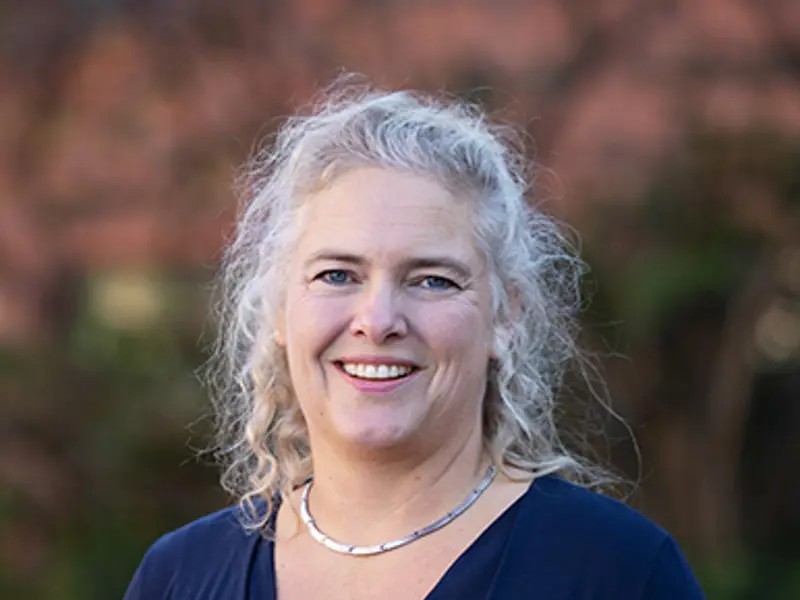
Photographer: Västra Götalandsregionen
“For several years, we have had various activities that have made it possible to provide care at home. Now this development needs to be accelerated, to solve competence supply and economic issues. But also because we know that the patients who have received this type of care from us are very satisfied and that more people wish to be offered care at home," says Maria Taranger, Head of Area 6 and Chair of Sahlgrenska University Hospital's steering group for Sahlgrenska @home.
This made it natural for Sahlgrenska University Hospital, the Innovation Platform, Chalmers, Södra Älvsborg Hospital and Skaraborg Hospital to apply for funding for the project through Medtech4Health, a national strategic innovation programme in medical technology. The project has also received SEK 1.7 million from Region Västra Götaland's environment and regional development board.
“I also think that this project is a very tangible demonstration of the excellent collaboration between Sahlgrenska University Hospital Chalmers, Region Västra Götaland and the University of Gothenburg. Our broad collaboration has really yielded results and I have never known it to be so easy to write an application with so many parties because we all strive for the same goal," says Andreas Hellström.
“The collaboration between the healthcare system and the university of technology also shows that this is really a societal issue,” says Maria Taranger.
“We want people to think: home first, hospital if necessary.”
“We need to take inventory, investigate and establish before the technology is brought into regular operations and this will be an arena where we can see if we have any benefit from the solutions. The technology must match the needs and this arena can be used for matchmaking," says Maria Taranger.
The technology level in Swedish healthcare is high, but we need to collaborate even more so that the technology can benefit patients in their home environment.
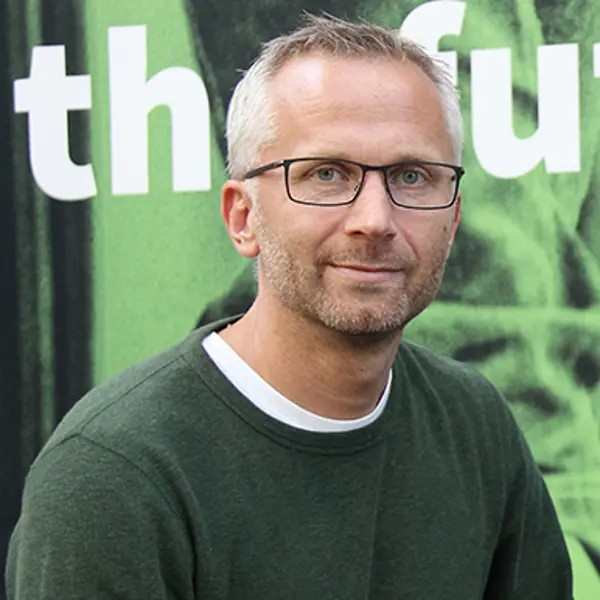
At Sahlgrenska University Hospital, there are already several examples of care that takes place at home and could be developed, but also of areas where it may be interesting to see what opportunities there may be for moving all or part of the care home.
For example, it is possible to continue working with the hospital's mobile team, and see how these can be developed and coordinated, for example around expert consultation in the home. The idea is also to continue working with the ambulance service to develop digital tools and decision support.
- For example, how can ambulance staff more easily make decisions about which patients can be cared for at home and which need hospital care? says Maria Taranger.
The project will also look at suitable patient groups. In the orthopaedic clinic, there are patient groups that could benefit from home care, such as patients with diabetic ulcers and soft tissue infections. The infectious disease clinic also has patients with long treatment times who could be treated at home.
An important part of the project will be to gather knowledge and to study the results of the case studies in order to draw lessons from the practical work. But also to listen to the user perspective.
“The best way to understand a system is to change it,” says Andreas Hellström. “And we need to study what possibilities we have and what the patients need, for example, the possibility of recovery in a calm and safe home environment, but also issues such as safety, user-friendliness and effective use of resources.
The collaboration between all parties makes it possible to study and develop the transition towards more home healthcare.
“It is gratifying that there is a project with the possibility of increased research,” says Maria Taranger.
“The technology level in Swedish healthcare is high, but we need to become even better at collaborating so that the technology can benefit patients in the best possible way in their home environment. Through research collaboration, we want to increase understanding and capacity for improved hospital care at home. The goal is to provide patients who can with recovery and care in a more comfortable and less stressful environment at home,” says Andreas Hellström.
Maria Taranger agrees and sees how the collaboration will help the hospital to identify and move a larger part of the healthcare to the patients’ homes.
“The mindset should be present in all parts of the organisation, we should ask ourselves whether care can be provided at home. Either with a physical visit, digital contact or through self-care,” says Maria Taranger. “If we become less dependent on hospital beds to give people help, it will be more adapted to what our patients want and at the same time more resource-efficient.
“It will become clear to the people of Gothenburg that Sahlgrenska University Hospital does not only offer medical care that you come to physically, but that the hospital’s expertise can also be found in your home.
Text: Sahlgrenska University Hospital
About the project Development of hospital care at home
The project Development of hospital care at home has been awarded approximately SEK 6 million within the framework of Medtech4Health, a national strategic innovation programme funded by Vinnova, the Swedish Energy Agency and Formas, as well as SEK 1.7 million from Region Västra Götaland's Environment and Regional Development Board.
The project will develop solutions that remove current obstacles to a stronger implementation of working methods, medical technology products and various solutions for home care.
The project is led by the Collaborative platform for Healthcare Improvement, CHI, at Chalmers University of Technology and is run in collaboration with Sahlgrenska University Hospital, Södra Älvsborg Hospital, Skaraborg Hospital, Skåne University Hospital Malmö, the research group "Care at distance" at the Department of Electrical Engineering and Physical Resource Theory at the Department of Space, Earth and Environment and Health Engineering Area of Advance at Chalmers, and the Innovation Platform in Region Västra Götaland.
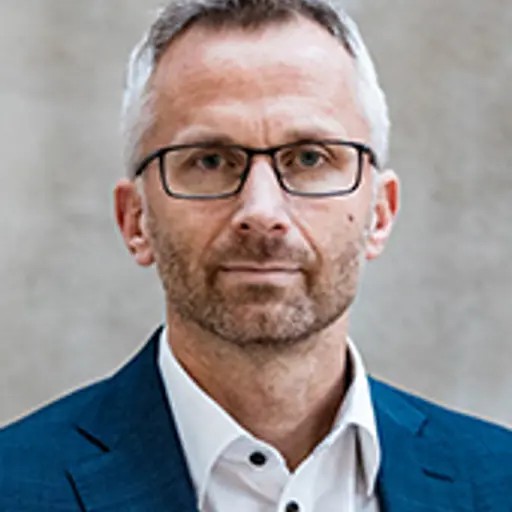
- Senior Lecturer, Innovation and R&D Management, Technology Management and Economics
